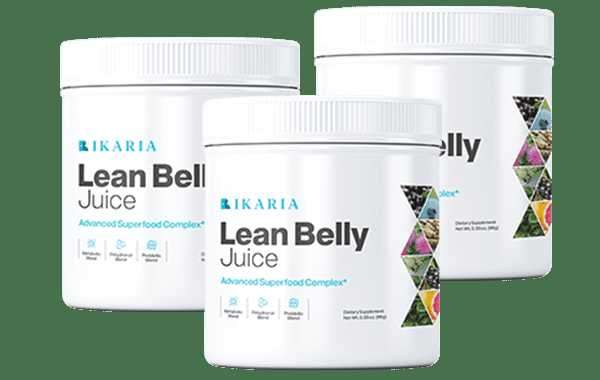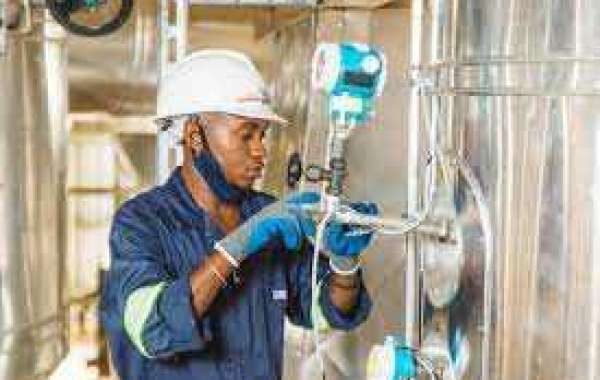In modern urban infrastructure, managing wastewater effectively is essential for both public health and environmental protection. One critical component in many municipal and commercial sewage systems is the sewer lift station, also known as a pump station. These facilities play a crucial role in transporting wastewater from lower to higher elevations, especially when gravity alone can’t do the job. Without lift stations, many areas—especially those with flat terrain or below-grade development—would face serious challenges in wastewater management.
This article explores how sewer lift stations work, when and why they’re used, common components, and best practices for maintenance and troubleshooting.
What Is a Sewer Lift Station?
A sewer lift station is a mechanical system designed to move wastewater (sewage) from lower to higher elevations. It is typically used in low-lying areas where gravity flow to a treatment plant or a higher elevation sewer main isn't feasible.
The lift station collects sewage in a wet well — essentially a holding tank. When the sewage reaches a certain level, pumps are activated to move it through pressurized pipes (force mains) to a higher point in the sewer system, where it can continue to flow by gravity toward the treatment facility.
These systems are essential for ensuring that wastewater continues moving efficiently through the system, preventing backups and minimizing the risk of environmental contamination.
Why Are Lift Stations Needed?
Gravity-based sewer systems are preferred due to their simplicity and lower energy consumption. However, terrain, topography, and urban development often make a gravity-only system impractical. Lift stations are used when:
- The area is flat or below the elevation of the nearest treatment plant.
- Buildings or developments are located in valleys or low-lying areas.
- It is more economical to pump sewage over a hill rather than installing extensive gravity sewer lines with deep trenching.
- There is a need to avoid obstacles such as rivers, highways, or buildings.
In short, lift stations make it possible to expand sewer services into areas that otherwise couldn’t be served by a gravity system alone.
Key Components of a Sewer Lift Station
A typical sewer lift station includes several core components:
- Wet Well
This is where wastewater from surrounding sewers collects before being pumped. It’s usually equipped with level sensors that control pump operation. - Pumps and Motors
Submersible or dry-pit pumps move the wastewater from the wet well into a pressurized force main. Pumps can be single-speed or variable-speed, depending on the station’s design and flow needs. - Piping and Valves
Force mains carry the wastewater from the station to higher elevation lines. Check valves and isolation valves are used to control flow and allow maintenance. - Level Control System
Floats, ultrasonic sensors, or pressure transducers monitor the sewage level in the wet well and activate the pumps when needed. - Control Panel and Alarms
The panel houses the electrical and control systems for pump operation. Alarms alert operators to high water levels, pump failure, or power outages. - Backup Power Supply
Many lift stations are equipped with generators or battery backup systems to ensure continued operation during power failures.
Types of Sewer Lift Stations
There are two primary types of lift stations:
- Dry Well Lift Stations: The pumps and motors are housed in a separate chamber, making them easier to access for maintenance but also more susceptible to corrosion and higher installation costs.
- Submersible Lift Stations: Pumps are located directly in the wet well and are submersible. These are more common in modern installations due to easier construction and lower cost.
Operation and Maintenance
Maintaining a sewer lift station is critical for preventing overflows, equipment failure, and environmental violations. Here are key practices for proper maintenance:
- Routine Inspections
Technicians should regularly inspect the pumps, motors, and electrical systems to ensure proper operation. - Wet Well Cleaning
Debris and grease can accumulate and reduce the wet well’s capacity. Periodic cleaning helps maintain flow efficiency and prevent clogging. - Pump Maintenance and Replacement
Pumps wear over time and must be tested, lubricated, and replaced as needed. Bearings, seals, and impellers require special attention. - Control System Testing
Sensors and float switches can fail or become uncalibrated. Regular testing ensures pumps are triggered at the correct sewage levels. - Alarm System Checks
Alarms should be tested regularly to ensure they activate during high water events or equipment failure. - Backup Power Testing
Standby generators or battery systems should be run and tested under load to ensure they’re ready in an emergency.
Common Issues and Troubleshooting
Despite proper design and maintenance, lift stations can experience problems. Common issues include:
- Pump Clogs: Non-biodegradable materials like wipes, diapers, and rags can clog pumps.
- Power Outages: If backup systems fail, wastewater can overflow.
- Sensor Failure: Faulty level sensors can result in pump failure or overflows.
- Corrosion: Hydrogen sulfide gas from sewage can corrode metal parts, especially in dry well stations.
- Overflow Events: Typically caused by pump failure, electrical issues, or excessive inflow during heavy rain.
Quick response to these problems is essential to prevent contamination and comply with environmental regulations.
Environmental and Regulatory Considerations
Lift stations must comply with local, state, and federal environmental regulations. Discharges or overflows can lead to fines, public health risks, and environmental damage. Operators are often required to:
- Report overflows to environmental authorities.
- Maintain logs of inspections and maintenance activities.
- Implement backup and emergency response plans.
Sustainable design and smart monitoring systems are increasingly being adopted to improve reliability and reduce environmental risk.
Final Thoughts
Sewer lift stations are unsung heroes in modern wastewater infrastructure. They extend the reach of sewage systems, support urban development, and protect the environment when properly maintained. As urban areas grow and climate challenges increase, the importance of well-designed, regularly serviced lift stations will only continue to rise.
Whether for a municipal utility or a large commercial property, understanding and caring for sewer lift stations is key to a clean, healthy, and functional wastewater system.









